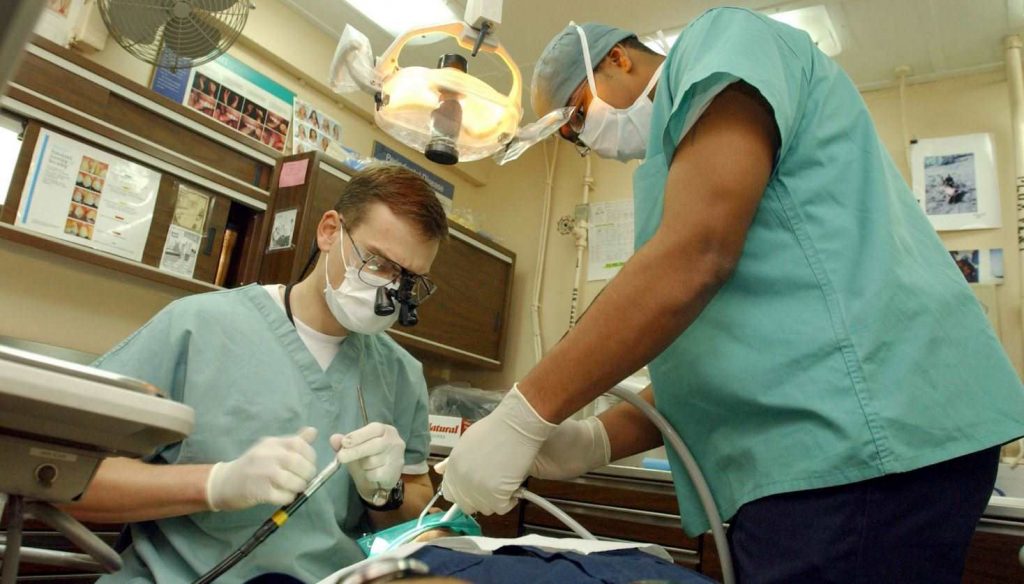Gum Surgery – Scaling And Root Planing

Gum surgery is the use of surgical techniques to treat the gums. The usual surgical procedure is gum scaling wherein the gums are surgically treated, cleaned and then eventually affected bone is planed to be able to accommodate the healing gums.
Gum surgery like scaling is done when the teeth develop pockets. Pockets are deep areas of recession where the gums meet the teeth. Pockets are places where dirt, tartar and bacteria hide that cause further damage and severe gum diseases. When scaling is not done, further recession of the gum happens until the roots of teeth are finally exposed. Teeth become weaker and is prone to breakage, bleeding and severe complications, which is when a patient needs periodontal scaling.
What is periodontal teeth scaling?
Scaling is gum surgery done in a specialized dental office. First the condition of the patient is assessed and tooth is measured if it needs scaling. When the dentist recommends this procedure, the patient is scheduled for the surgery. Initially surrounding teeth as well as the affected tooth is cleaned using strong and efficient tools. After this is done, the gum pocket is opened with the nearby gum lifted and then the exposed area of the tooth is scaled using effective tools that scrape and scale the area clean. When the condition is so severe the bone where the tooth and affected gum is attached is destroyed and as the bone area is exposed at the time of scaling, this is the best time to shape or to plane the bone. Root planing will help set the gum in place and facilitate better healing.
After the teeth and the pockets are scaled and cleaned, the lifted gum is trimmed (if necessary) to fit the planed tooth. The gums are usually sutured in place; the stiches help the gums heal faster and stick to the bone efficiently. The stitches are removed after about 10 days.
Does scaling and root planing hurt?
Patients are usually advised to take it easy after a day or two and are advised to come back for follow up and eventually for removal of the stitches on the gums. Pain is present after the procedure and this is alleviated with the use of prescription pain medication. The patient is advised to avoid biting along the area and to place pressure until the sutures have completely healed. There will also be swelling and redness on the area and the risks of complications are high since the surgery is done inside the oral cavity.
Gum surgery recovery phase
During the recovery phase, patients are prescribed antibiotics to prevent infections and to continue taking pain relief medications to reduce pain and swelling. Avoiding smoking is also a way to improve healing time and to help improve immune system health. Follow-ups are important since this gum surgery and healing of the surgical site is often evaluated to ensure that the tissues have completely healed. Any sign of complications like bleeding, pus formation, severe pain on the surgical area and high fevers may be signs of infections and complications and should therefore be addressed as soon as possible.
Periodontal scaling and root planing costs
The cost for scaling and root planing is substantially higher than that of regular dental cleaning, due to the extra time and equipment involved. Depending on the severity and the number of teeth affected, you should expect a dentist bill of up to $1,000. In general though, the average treatment for teeth scaling and root planing costs between $200 and $400.
